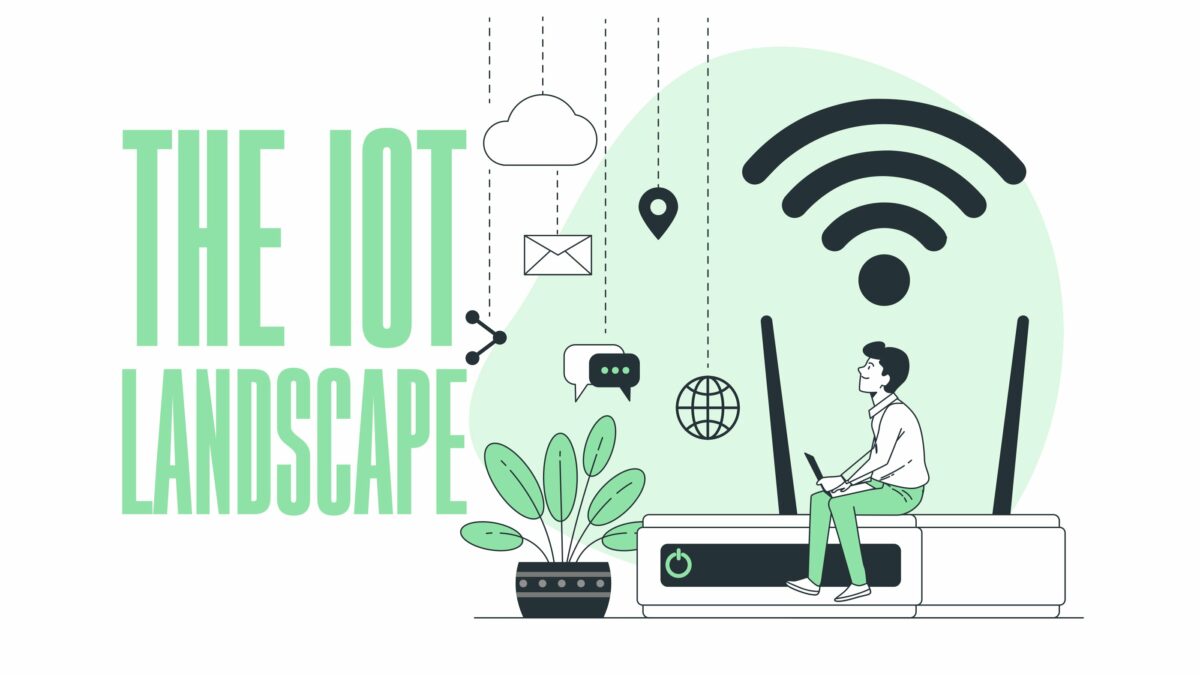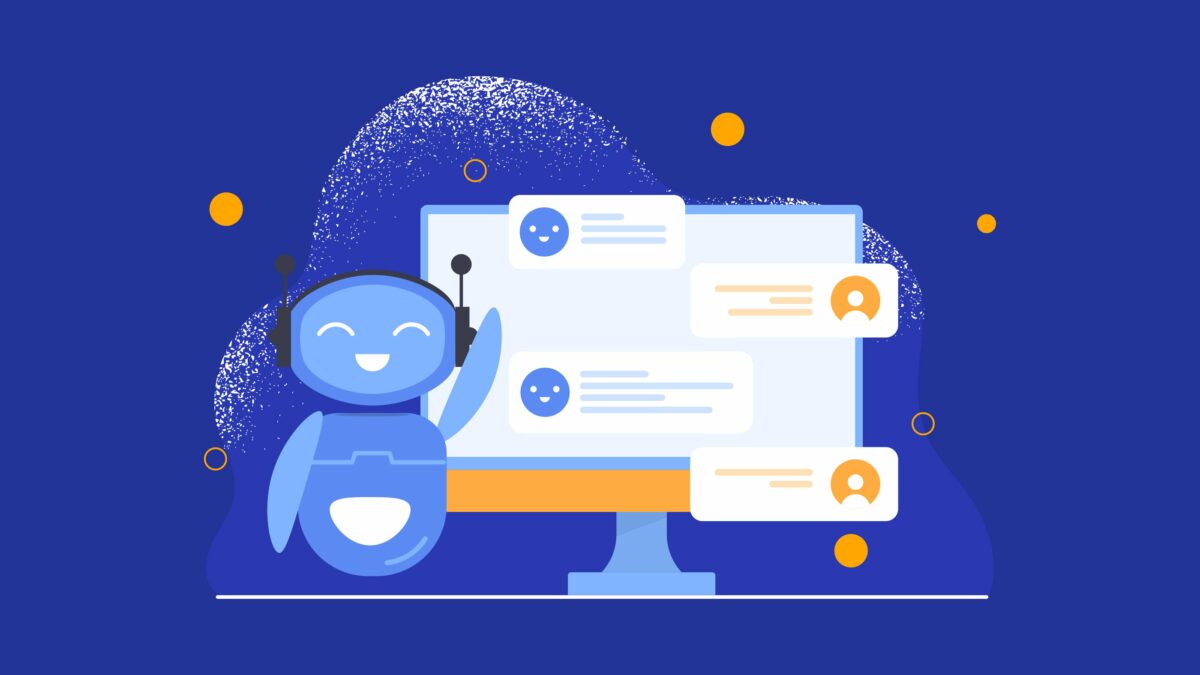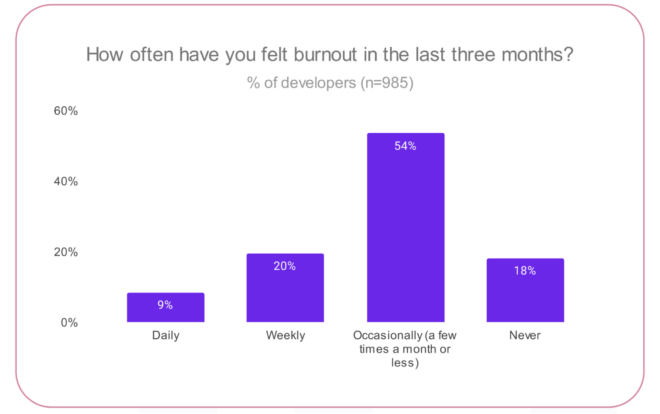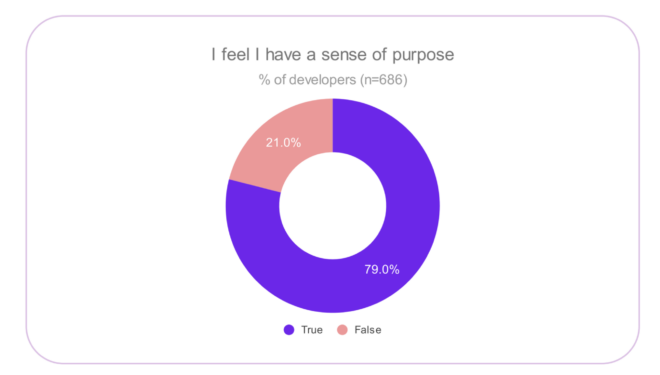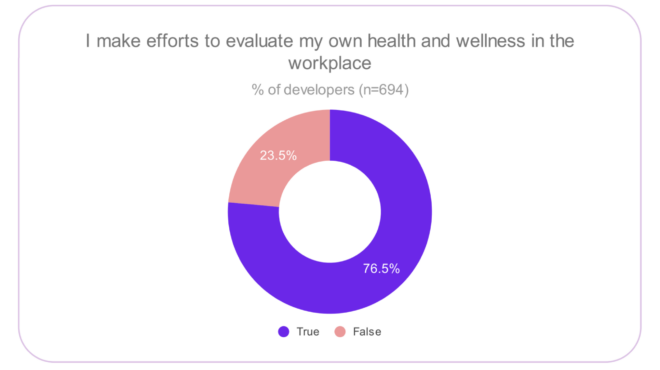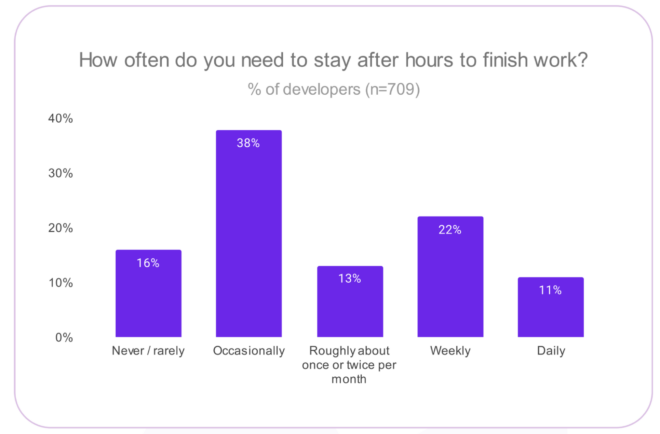So, you’re an app developer looking to build an application that is compatible with a wide range of existing applications and systems. In such a vast, highly competitive field, you know that UI design is everything, and having an app that is easy to use, runs smoothly, and has a wide variety of use cases is your best bet to make a product that sticks around.
You know where you are, and you know where you want to go; but how do you get there? App developers like yourself have a wide range of tools to choose from, and knowing which ones will suit your needs and which won’t gives you a huge leg up.
Whether you’re a developer with a vast knowledge base and a deep understanding of how these tools work, or an entrepreneur who wants to get a head-start on executing your plans for the future, this article will give you the lowdown on the best tools for cross development on the market.
A Brief Overview: Technological Advances in the Planning Phase
Before we dive into the tools themselves, let’s briefly explore how modern technological advances can make your app development process easier. These tools are meant to refine and streamline the planning phase of development, making the process of transitioning from a wireframe to a visual design significantly simpler; especially for collaborative efforts.
We have:
- Lucidspark: Lucidspark is a free tool that you and your coworkers can use to streamline the collaborative design process. The mind-mapping technology acts as a whiteboard for all of your team’s ideas, allowing you to chart out the infrastructure of your app, break down complex ideas, and align stakeholders on your app’s overall structure.
- Sketch: Sketch is a user-friendly vector-design tool that allows you and your team to build wireframe mockups, transition those to high-fidelity mockups, and create final designs. Useful throughout the app development process, Sketch isn’t free, but some would argue it’s worth every penny.
- Core Animator: In-app animations can be a challenge unless you have a tool specifically made for designing and implementing them. Core Animator is one such tool, going the extra mile by not only letting you build animations in-house, but directly translating those animations to code. It’s great for efficient coding and can save you and your team a lot of time otherwise better spent.
The advancements in project management and app design software that are out there are begging to be taken advantage of – so if you feel that using one of these tools will allow your team to proceed more efficiently, don’t hesitate to give them a look!
Choosing the Right Framework
Now that we’ve touched on the planning phase, let’s briefly look at the tools you can use for cross-platform app development. Cross-platform app development can be challenging if done manually, as it would require you to re-code your app repeatedly for each platform while also accounting for subtle nuances between mediums. Fortunately, these tools provide automated support that cuts the redundancy out of this process and shortens your time-to-market.
If you are just starting out, we also recommend getting a firm understanding of basic computer science skills before diving into cross-platform development, as having a base knowledge of programming languages and software development will help you unlock the most value from each of the below tools.
We have:
- Titanium: An open-source, JavaScript-based tool that allows developers to reuse designed content across applications. With drag-and-drop functionality and a user-friendly UI, this tool is a massive time-saver for developers that anticipate reusing code across applications.
- Ionic: A completely free app development framework that allows you to create applications for various platforms simultaneously. With a vast library of pre-built JavaScript and HTML5 components, this is a great option for developers that are just starting out.
- Unity 3D: Developing a game? Unity 3D is a cross-platform app development tool with amazing graphics for its medium. As well as being compatible with most types of mobile operating systems, it also offers options to publish games, track analytics, and access a massive support system.
- Kotlin multiplatform: Consistency across platforms is key, so why not go with the best? Kotlin is widely recognized as a powerful industry-agnostic custom cross-platform development tool, allowing developers to target multiple platforms with just one line of code; all without sacrificing the benefits of native technology!
- 5app: Developing apps for your employees? 5app is a unique tool designed to create cross-platform applications for businesses and their employees. Employers will favor it for its emphasis on data security, its compatibility with most operating systems, and its ease of use!
- Node.JS: For organizations that prize flexibility, efficiency, and responsiveness, Node has no equal. Node’s framework allows for the management of multiple platforms at once, and its coding language allows developers to quickly build and deploy flexible server-side applications.
If none of the above meet your specific needs, fear not; there’s such a wide variety of high-quality tools on the market that you’ll find the perfect fit sooner rather than later. Whether you’re working on a game for the public market, a corporate application for shareholder use, or a utility application that meets public demand, there’s a tool to streamline your development process and help you get your product to market quickly.

